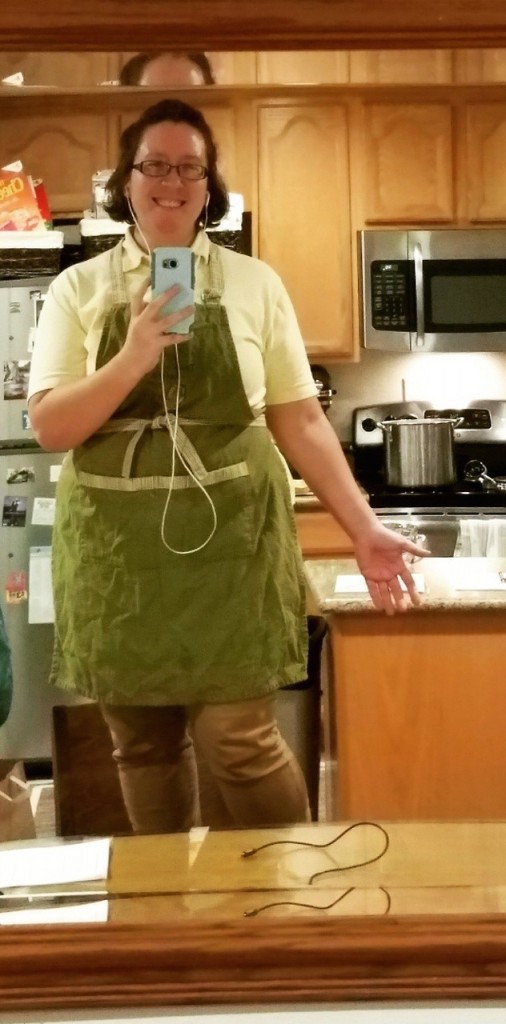CSUN Professor Uses Traditional Foods to Spread Cultural Insight in STEM
The smell of fresh food wafts through the air as students in an introductory-science course quietly read through the day’s lesson. Delicately cut squares of a potato-meat dish, the day’s entree, are carefully delivered to each student’s desk.
 Before the beginning of every class, California State University, Northridge chemistry professor Kayla Kaiser prepares a new recipe from a list of her student’s favorite foods. The meals, Kaiser says, supplement the curriculum and serve her science, technology, engineering and mathematics (STEM) students a taste of cultural diversity.
Before the beginning of every class, California State University, Northridge chemistry professor Kayla Kaiser prepares a new recipe from a list of her student’s favorite foods. The meals, Kaiser says, supplement the curriculum and serve her science, technology, engineering and mathematics (STEM) students a taste of cultural diversity.
“As an icebreaker on the first day of class, I told students to give me their name and their favorite food. It has to be something that is culturally significant to them, maybe something that someone in their family makes,” Kaiser said. “Their second homework assignment was to bring me the recipe. After they brought the recipe, I said to them, ‘now I’m going to make each one of these dishes, based on what you wrote.'”
The course, Science 100, meets every Tuesday and Thursday, and features an interdisciplinary curriculum, enrolling students from a variety of science majors. The program’s syllabus covers six modules: attention, learning and memory; infectious disease; sustainability; math and money; the Drake Equation; and DNA profiling.
“Generally, we discuss the meal and eat during the first 20 minutes of class,” Kaiser continued. “We discuss how each culture has similar ways of preparing food — emphasizing what we have in common, rather than our differences.”
So far, Kaiser says, the project has been used to illustrate sustainability — the class reuses plastic utensils and plates, and composts paper and food scraps; math and money — students keep a running total of expenditures; infectious diseases — students guard against food-borne illnesses; and how having a full stomach promotes attention, learning and memory.
“In this way, I’m not just lecturing on the concepts, but we’re taking an active approach to implementing the concepts from each lesson.”
The lessons she learns from her attempts at making the recipes, she passes on to her students. She recalls a mistake a student made in the recipe for a Spanish dish, providing the wrong amount of a vital ingredient. Through these lessons, Kaiser says, she communicates to her students a message of perseverance, underscoring the STEM curriculum.
“It’s important for them to see me fail sometimes and not give up,” she said. “Not every recipe has been a success, and I want them to understand that sometimes they are going to have to turn a paper in before they feel like it’s perfect. Like showing up for a test — just show up for it, take it, and sometimes you’re going to fail and that’s OK. Just keep going. That’s such an important lesson for college.”
Kaiser has an interdisciplinary doctorate covering botany, computer science and chemistry from the University of California, Riverside. There, she studied antioxidants in pomegranate juice, how plants survive a flood, chemical warfare between insects and plants, and aromas of citrus fruits.
Recipes and photos of Kaiser’s creations can be viewed on her Tumblr blog at kaiserwellnesscenter.tumblr.com.

CSUN Professor Kayla Kaiser in her home kitchen. Photo courtesy of Kaiser’s Tumblr blog.

 experience
experience